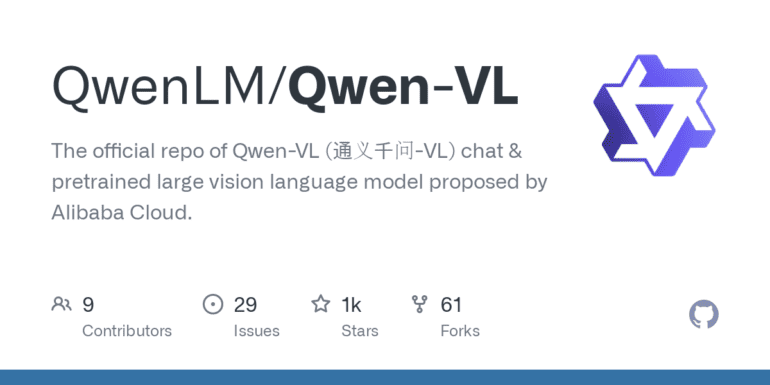TL;DR:
- Alibaba unveils two open-source large vision language models (LVLMs): Qwen-VL and Qwen-VL-Chat.
- Qwen-VL excels in seamlessly processing images and text, crafting image captions, and handling complex queries.
- Qwen-VL-Chat pushes boundaries further, creating poetry, solving math questions in images, and enhancing text-image interaction.
- Impressive metrics: Qwen-VL handles larger images effectively, while Qwen-VL-Chat excels in understanding the word-image relationship.
- Alibaba’s commitment to open-source empowers developers and researchers worldwide.
- These LVLMs have the potential to transform AI applications, fostering innovation and accessibility.
Main AI News:
In the dynamic landscape of artificial intelligence, one persistent conundrum has remained at the forefront: the convergence of image comprehension and text interaction. The quest for innovative solutions to bridge this gap has driven the AI community to strive for excellence. While significant strides have been made, a need persists for versatile open-source models capable of adeptly handling both images and complex queries.
Existing solutions have undeniably propelled AI forward, yet they often stumble when seamlessly integrating image understanding with text interaction. These limitations have spurred the pursuit of more sophisticated models, ones equipped to tackle the multifaceted demands of image-text processing.
Enter Alibaba, introducing two open-source large vision language models (LVLM) – Qwen-VL and Qwen-VL-Chat. These AI marvels emerge as promising solutions to the intricate challenge of comprehending images and addressing complex queries.
Qwen-VL, the pioneer of these models, emerges as the refined offspring of Alibaba’s 7-billion-parameter model, Tongyi Qianwen. It showcases an extraordinary ability to effortlessly process images and respond to diverse text prompts, excelling in tasks ranging from crafting captivating image captions to handling open-ended queries linked to a wide array of images.
On the other hand, Qwen-VL-Chat takes the concept further by diving into more intricate interactions. Empowered by advanced alignment techniques, this AI model boasts a remarkable range of talents, from composing poetry and narratives based on input images to solving complex mathematical questions embedded within images. It reshapes the landscape of text-image interaction in both English and Chinese, expanding the horizons of possibility.
The prowess of these models is reinforced by impressive metrics. Qwen-VL, for instance, exhibited its capability to handle larger images (448×448 resolution) during training, surpassing similar models confined to smaller-sized images (224×224 resolution). It also showcased its mastery in tasks involving image description without prior information, answering questions about images, and object detection within images.
Meanwhile, Qwen-VL-Chat outperformed its peers in comprehending and discussing the intricate relationship between words and images, as evidenced by a benchmark test set by Alibaba Cloud. Across more than 300 photographs, 800 questions, and 27 different categories, it demonstrated excellence in conversations about images, both in Chinese and English.
Perhaps the most thrilling aspect of this development lies in Alibaba’s commitment to open-source technologies. The company’s intention to offer these two AI models as open-source solutions to the global community ensures they become universally accessible. This bold move empowers developers and researchers to harness these cutting-edge capabilities for AI applications without the need for extensive system training, effectively reducing costs and democratizing access to advanced AI tools.
Conclusion:
Alibaba’s introduction of Qwen-VL and Qwen-VL-Chat represents a groundbreaking development for the AI market. These open-source LVLMs offer the promise of revolutionizing AI applications by seamlessly integrating image comprehension and text interaction. With their impressive capabilities, they have the potential to drive innovation and accessibility across the global AI landscape.

